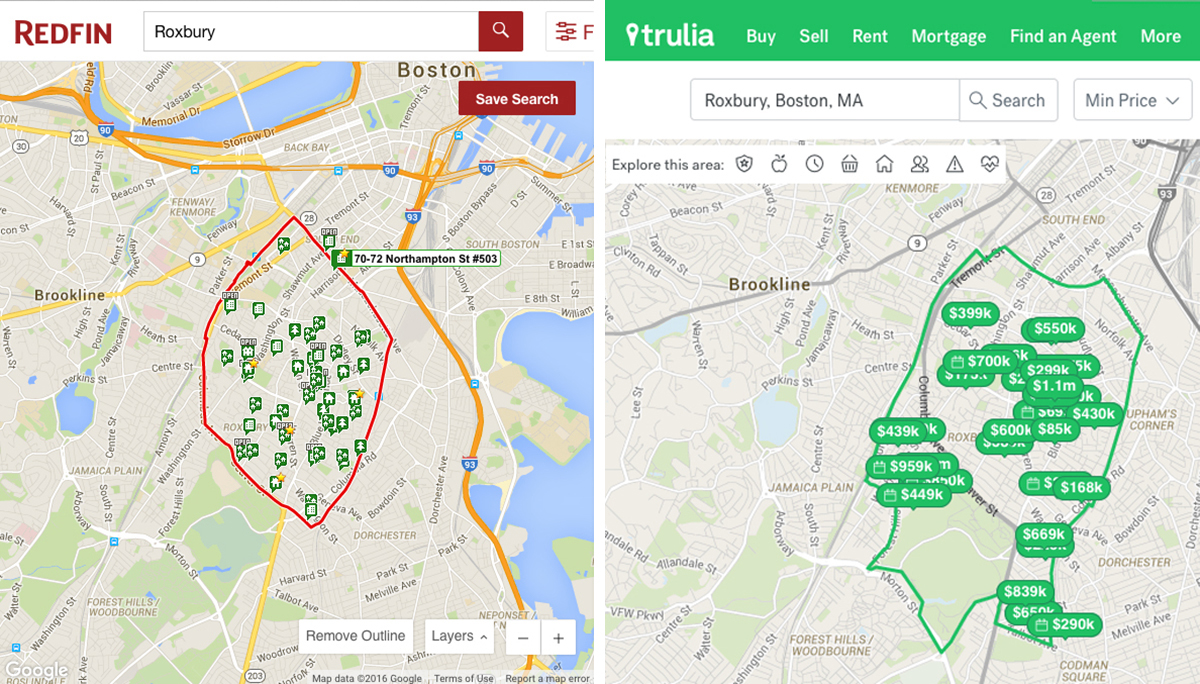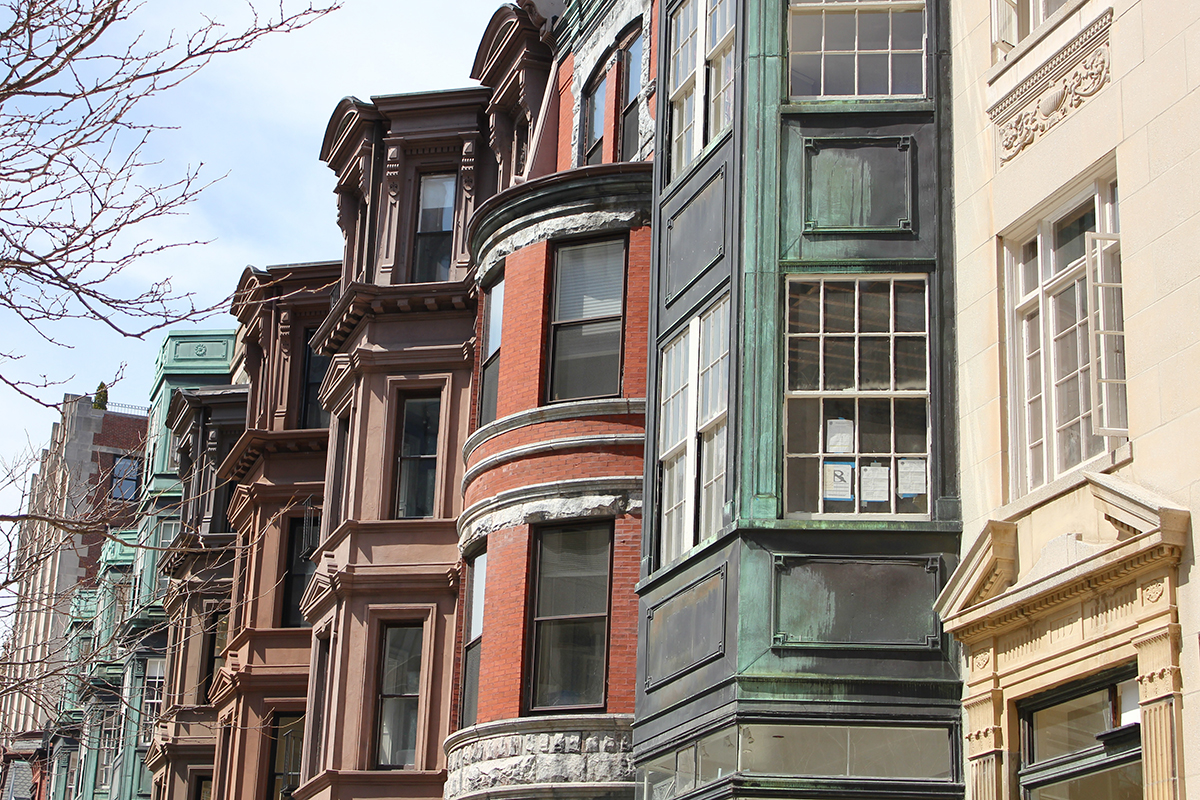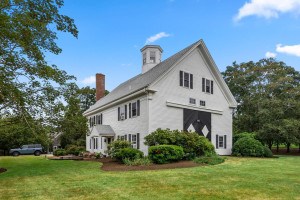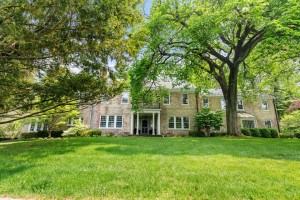Which Neighborhood Are You Buying In? It Depends.
On the list of important factors to consider when buying or renting, price and neighborhood are at the top. They’re directly related, but neighborhood boundaries become increasingly blurred as certain areas grow in popularity. In turn, properties on the market seem to flip flop to whichever neighborhood is trendiest.
“By listing [a property] in a more desirable area, it can be possible to justify a slightly higher asking price given the increasing demand for—or speculation surrounding—an emerging neighborhood,” explains Constantine Valhouli, founder of real estate data firm NeighborhoodX. “But the different boundaries mean that a different set of properties will be included as the data that generate the neighborhood price averages—resulting in two different sets of numbers.”
A neighborhood’s boundaries differ depending on who and what you consult. Real estate portals like Redfin, Trulia, and Zillow all feature maps that slice up the neighborhoods of Boston into funky shapes—except all of the maps look different. This in itself isn’t news to anyone—neighborhood boundaries are often unclear. Their definitions change over time, and residents, city planners, and business owners all draw borders differently.
So yes, defining the city’s neighborhoods has always been a little fuzzy. The hotly contested Roxbury/South End neighborhood boundary will likely forever be debated by Bostonians. But it’s especially interesting to examine the argument now, when places like Roxbury and Dorchester are being seen as “emerging neighborhoods”—hot spots for residential, office, retail, and hotel development. The grey area surrounding neighborhood borders works to the advantage of services that can fudge those boundaries to land a more lucrative sale.
To see what the discrepancy looks like, NeighborhoodX generated a side-by-side comparison of Roxbury’s borders in Redfin and Trulia. As expected, the shapes are different.

Images courtesy of NeighborhoodX
Redfin calculates Roxbury as 2.81 square miles, while Trulia says it’s 3.96 square miles. At the top left of Roxbury on Trulia’s map, the border is drawn at Melnea Cass Boulevard. Redfin’s Roxbury stops at Massachusetts Avenue.
“There is a large swath of properties that Trulia considers Roxbury while Redfin considers these the South End,” says Valhouli.
A Redfin spokeswoman explained the portal receives its neighborhood boundary information from a geospatial data provider called Maponics. Then, the boundaries are adjusted based on feedback from Redfin agents and customers.
This might cause confusion if buyers are searching for neighborhood-specific properties. That’s where another type of neighborhood designation comes in—most listings also include a neighborhood column. When agents are compiling information about a property for a real estate database called the Multiple Listing Service (MLS), they must select a Boston neighborhood from a drop-down list. Houses in Hyde Park can simply be listed in “Boston,” or if the agent wants something more specific, a property in the Moss Hill neighborhood of Jamaica Plain could be listed as just “Moss Hill.” It’s seemingly at an agent’s discretion.
“I do sometimes include the neighborhood. However, sometimes it’s just not as simple as a ‘Beacon Hill’ or ‘Back Bay’ or ‘Harvard Square,'” says Susan Condrick, Vice President at Gibson Sotheby’s International Realty.
She explains she might not enter a specific neighborhood for a property outside of Boston proper, or she’ll create one if she needs to.
“For example, I could create the neighborhood ‘Half-Crown Marsh’ to a Cambridge listing if it’s not there as an option in the pull-down menu,” explains Condrick. “So, it’s not really regulated.”
Neighborhoods become clearer when interested renters with knowledge of the area compare the agent’s designation to a map and decide for themselves whether they think a given home is in Roxbury, the South End, Jamaica Plain, or elsewhere. Of course, not all listings seek to dupe prospective buyers—and neighborhood discrepancies existed long before online real estate websites.
Buyers, ask yourselves: Would you pay $549,000 for a one-bedroom condo on Northampton Street in Roxbury? Would you be more apt to agree with the price tag if it were in the South End?
Ultimately, the answer to the question “What neighborhood are you buying in?” is pretty simple: It depends.



